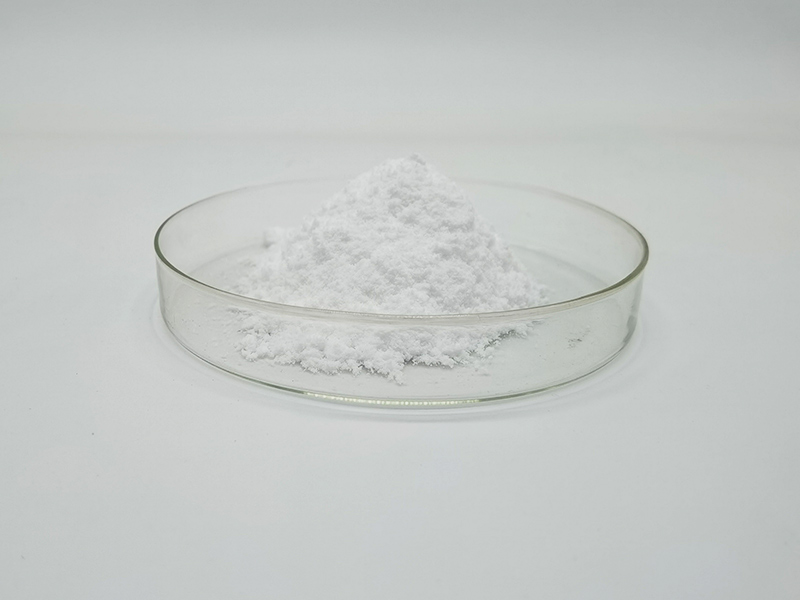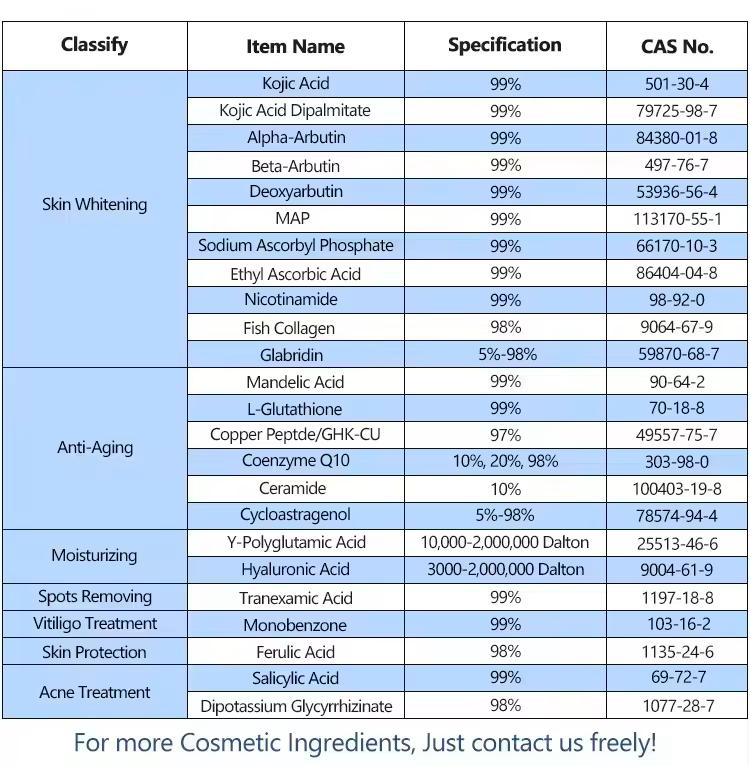Methylparaben, also known as methyl 4-hydroxybenzoate, is a common preservative used in various personal care products, pharmaceuticals, and food items. Its chemical structure is represented as follows:
Its molecular formula is C8H8O3, and it belongs to the class of compounds known as parabens, which are esters of parahydroxybenzoic acid.
Physical Properties of Methylparaben:
Appearance: Methylparaben typically appears as a white, odorless, crystalline powder.
Solubility: It is sparingly soluble in water but dissolves readily in alcohol, ether, and other organic solvents.
Melting Point: Methylparaben has a relatively low melting point, around 125-128°C.
Boiling Point: The compound decomposes before reaching its boiling point under standard atmospheric conditions.
Density: The density of methylparaben is approximately 1.23 g/cm³.

Chemical Properties of Methylparaben:
Preservative Action: Methylparaben is effective against a broad spectrum of microbes, including bacteria and fungi, making it a valuable preservative in various products.
Ester Hydrolysis: Like other parabens, methylparaben can undergo hydrolysis, particularly under alkaline conditions, leading to the formation of p-hydroxybenzoic acid and methanol.
Stability: It is relatively stable under normal conditions but can degrade when exposed to light, heat, or certain pH ranges.
Compatibility: Methylparaben is compatible with most cosmetic ingredients and pharmaceutical formulations, although it may interact with certain compounds under specific conditions.
Regulatory Status: Methylparaben has been approved for use in cosmetics and food products by regulatory agencies such as the U.S. Food and Drug Administration (FDA) and the European Union.

It’s worth noting that while methylparaben has been widely used as a preservative for decades, there has been some controversy regarding its safety and potential health effects, particularly its potential to mimic estrogen in the body. As a result, some manufacturers have started to explore alternative preservatives.
